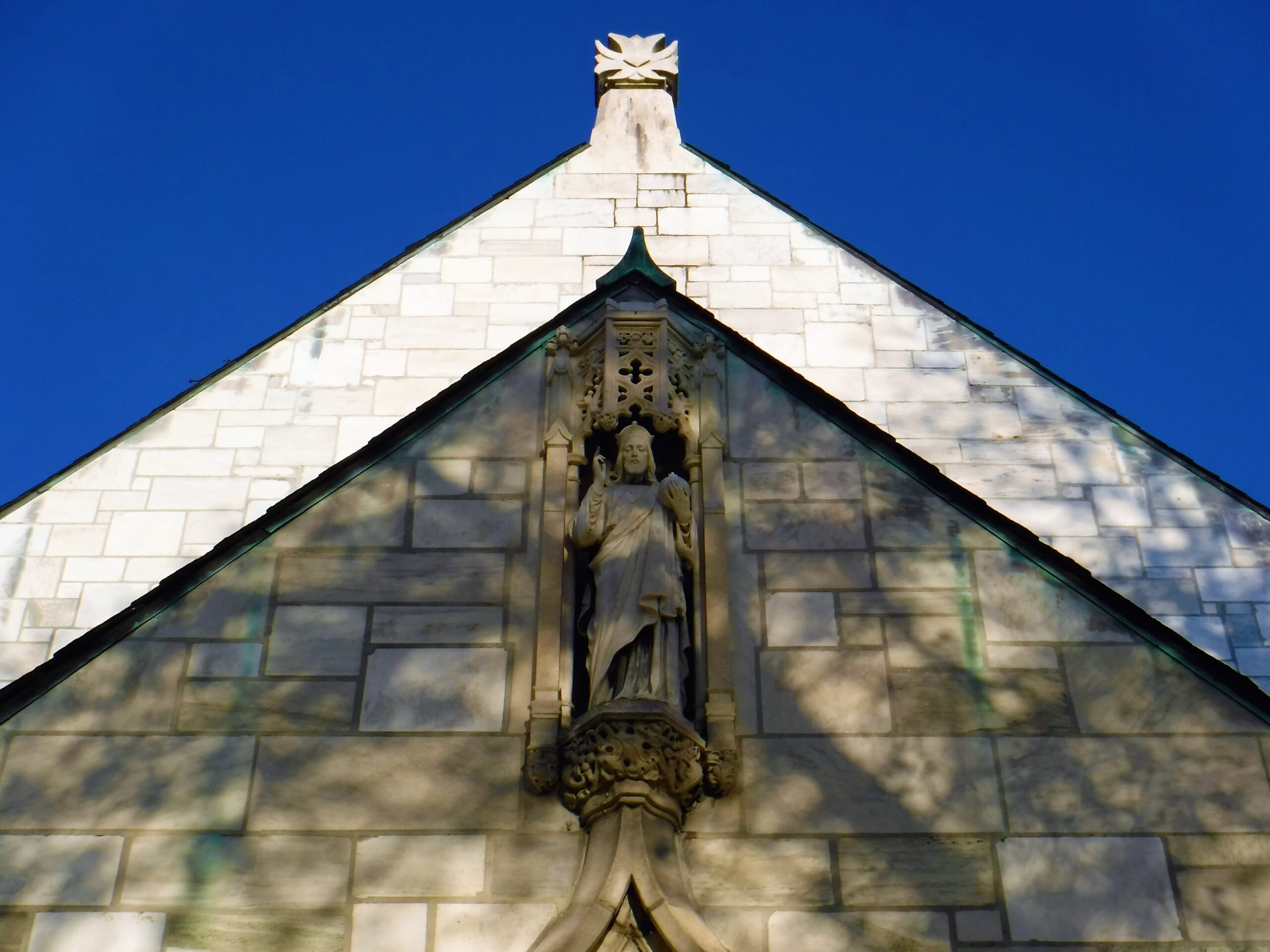Vermont’s Roman Catholic Diocese has filed for bankruptcy protection in the wake of more costly lawsuits alleging priest misconduct as far back as 1950, according to a filing Monday with the U.S. Bankruptcy Court in Burlington.
The state’s largest religious denomination, reporting 110,000 members, will continue to operate 68 local parishes as it becomes the nation’s 40th Catholic entity (of a total of some 200) to try to reorganize depleting finances in court.
Under federal law, a judge will decide whether to allow church leaders to develop a reorganization plan that would require approval from both the court and creditors.
Based on the experience of other church entities, the process will take time — and money. The Diocese of Rochester, New York, headed by former Vermont Catholic Bishop Salvatore Matano, filed for bankruptcy in 2019. Five years later, it’s still slogging through the process, having spent $14 million so far for lawyers, accountants and consultants, according to the Rochester Beacon.
All the while, civil lawsuits there remain on hold, with plaintiffs required to file claims as creditors.
The Vermont diocese’s present situation is a stark contrast to its past. The statewide district began in 1853 with five priests, 10 parishes and 20,000 members, its online history reports, and grew to highs of 275 priests, 130 parishes and 160,000 members in the baby-boom decades after World War II.
But those latter years were also a time in which the church hoarded and hid records chronicling the fact that at least 40 Green Mountain clergy faced accusations of sexually abusing children, leaders have acknowledged in an internal report.
READ MORE
The diocese covered up the claims until 2002, when the Boston Globe published an investigation about Massachusetts clergy misconduct later dramatized in the Academy Award-winning film “Spotlight.” Sparked by similar complaints, the Vermont Attorney General’s Office went on to review allegations against 10 then-practicing and 30 past priests — some 10% of the approximately 400 assigned in the state since 1950.
In the end, then-Attorney General Bill Sorrell didn’t charge anyone because the claims found credible were too old to prosecute under criminal statutes of limitations. Accusers, however, were free to file civil lawsuits, and have done so by the dozens over the years in Chittenden County Superior Court.
The diocese spent at least $2 million to end nine of the first cases starting in 2003 before reaching a $20 million settlement to cap almost 30 more in 2010 and, three years later, another $6.75 million to resolve what was thought to be a final 12 cases in 2013.
The church, ultimately spending more than $30 million, thought it was done with such payoffs with the arrival of a 2012 state deadline for filing any related actions. But the Vermont Legislature adopted laws in 2019 and 2021 repealing the statute of limitations for submitting civil claims, leading to a new wave of cases that now number at least 16, according to lawyers.
To pay for past cases, the diocese sold its historic 32-acre Burlington headquarters overlooking Lake Champlain for $10 million in 2010 and 26-acre Camp Holy Cross in Colchester for $4 million in 2012.
To protect the rest of their properties, church leaders placed each of their local parishes into separate trusts in 2006 so the estimated $500 million in collective assets could only be tapped for “pious, charitable or educational purposes” and not jury verdicts, according to the “deed into trust” documents.
That has left the diocese with total assets of $30 million, according to its most recent public financial statement, although only about $10 million of that is categorized as available “without donor restrictions.”
In comparison, before the latest round of lawsuits, it spent more than $1 million for ongoing settlements and $691,000 in legal fees in the 2023 fiscal year alone, the statement shows.
“Management cannot reasonably estimate the amount of the liability that may result,” the diocese added about the newest cases. “However, the settlement of these additional lawsuits could have a material impact on (the church’s) financial position, results of operations, and liquidity.”
The diocese joins a growing list of Catholic entities facing budget challenges because of abuse claims. In neighboring New York, for example, six of that state’s eight dioceses have filed for bankruptcy.
Penn State Law professor Marie Reilly, who is tracking the national numbers on a website, has recorded a rise in declarations ever since more than 30 of U.S. states and territories temporarily or, in the case of Maine, Maryland and Vermont, permanently dropped their deadlines for submitting lawsuits.
“Dioceses feel they can’t rely on any kind of finality if they try to settle with the people who come forward,” Reilly told VTDigger in an interview, “because this is now starting to look like it’s going to be a forever problem — unless they get a bankruptcy discharge.”
The latest filing comes shortly after the installation of new Vermont Catholic Bishop John McDermott, who has served as a diocesan administrator since 2004. Twenty years ago, when the number of active priests in the state dropped to just under 100, McDermott’s first public role was leading a parish consolidation effort. Today, with that figure down to 36, the problem is worse.
“More parish and church mergers and consolidations will have to be considered,” McDermott told VTDigger upon his promotion in July.
This story will be updated.
Read the story on VTDigger here: Vermont’s Roman Catholic Diocese, facing more abuse claims, files for bankruptcy.

